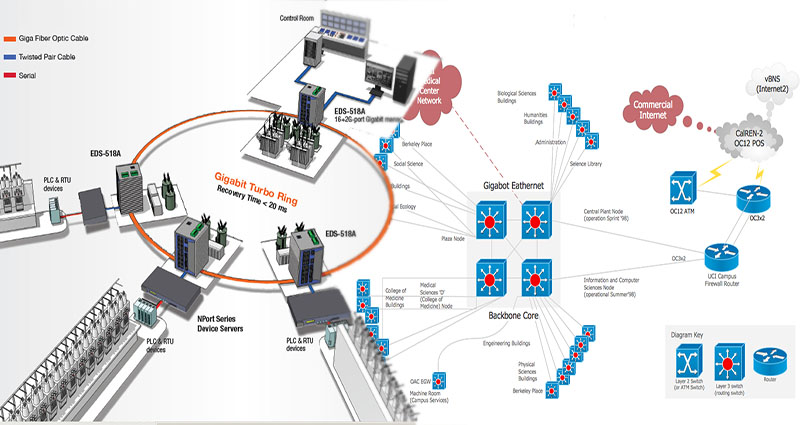You have probably heard of Backbone LAN. If not, you may have heard of MPLS and Ethernet. And perhaps you have heard of fiber-optic cabling. In this article, we will review some of the concepts involved in these technologies and give an example of how they work. Read on for more information! You can also learn more about the importance of backbone LAN and Ethernet. You may be surprised to know that these are not the only networking technologies!
Ethernet
Unlike the Internet, which is essentially a network of computers, Ethernet backbone networks have a single central device. The central device, or ‘backbone,’ manages big traffic. It should be powerful and contain plenty of computational power, because the backbone can fail and take down the entire network. This network type is most useful for interconnecting two different types of subnetworks. It can also be a convenient way to troubleshoot issues.
MPLS
The benefits of MPLS over traditional Internet connections are well known. However, there are several drawbacks to this type of network. MPLS costs more than regular Internet bandwidth, is slower to install, and does not reach every region of the world. For these reasons, many businesses have opted to switch over to cloud providers instead. Here’s a look at the benefits of MPLS in an enterprise environment. Let’s look at an MPLS backbone network example.
Fiber-optic cabling
While copper cable has always been a popular choice in LAN backbone networks, fiber optics are now the preferred medium for data transport. While copper cable is fine for short-distance data links, it simply cannot compete with fiber for long-distance data channels. Additionally, fiber is the preferred medium for enterprise building and passive optical networks. Furthermore, fiber- optic cable can also be used for other applications, including control systems, monitoring, and security.
Self-healing ring architecture
One backbone network example is a self-healing ring architecture. A self-healing ring is a multi- ring architecture that incorporates protection mechanisms and reroutes traffic away from faulty links and nodes. These ring architectures are typically implemented with SONET/SDH add/drop multiplexers (ADMs). In other words, a self-healing ring uses protection switches to ensure fault- free service.
Point to point network
A point to point network is a type of communication system where two or more communication devices form a connection. This connection remains active if there is a proper link between them. This type of connection can be either temporary or permanent, and the technology behind itincludes Ethernet, token ring, ATM, and Frame Relay. In this article, we will look at an example of a point to point network. Listed below are some of the benefits of this type of network and discuss why it is used.









